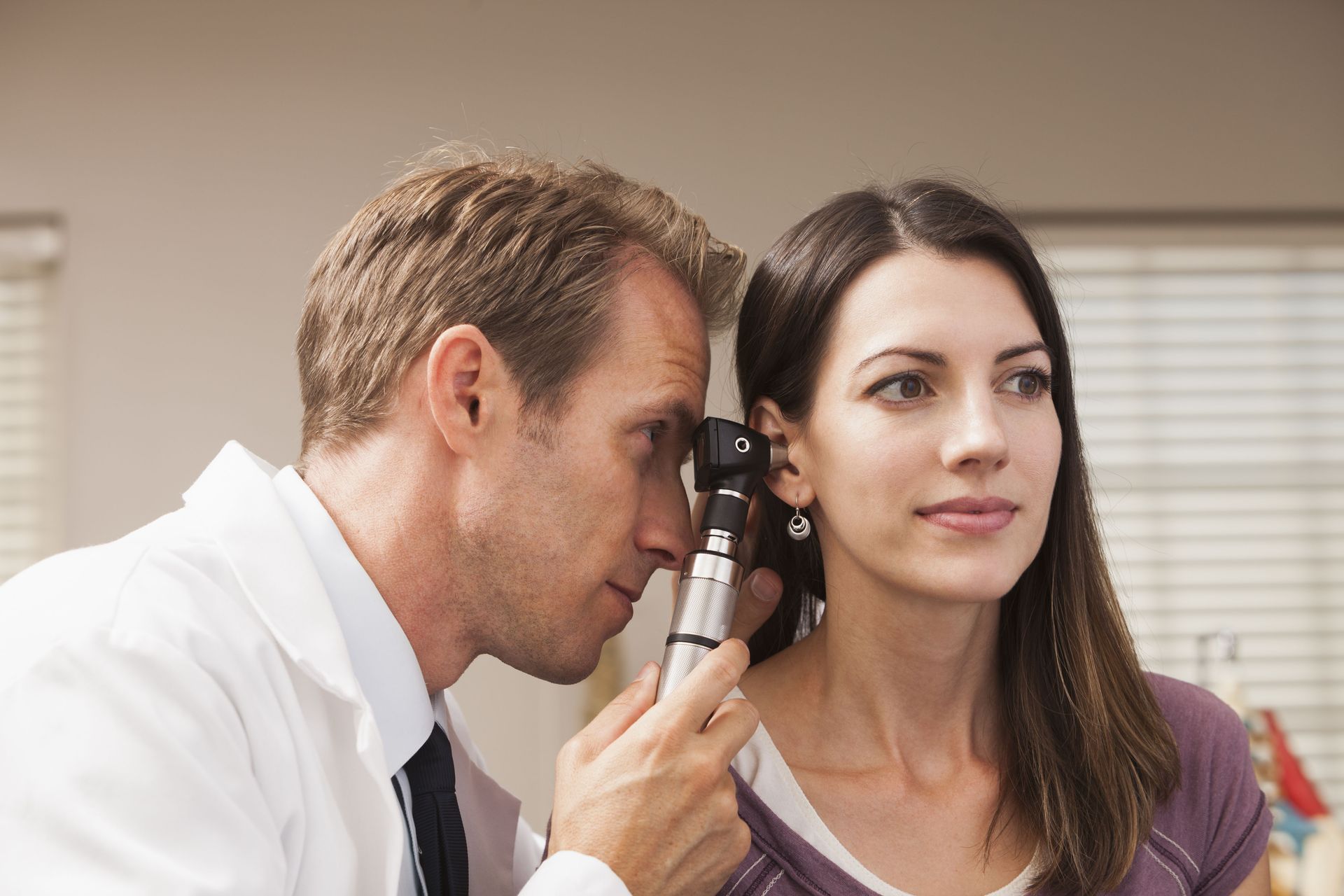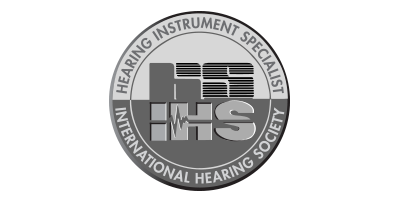What to Expect During a Local Hearing Test Appointment
Understanding what happens during a local hearing test appointment can help alleviate anxiety and prepare you for a smooth experience. According to the Hearing Loss Association of America, hearing loss ranks third as one of the most prevalent chronic physical conditions in the U.S., occurring twice as often as diabetes or cancer. Given how widespread hearing challenges are, prioritizing regular hearing evaluations is essential. Early detection and management can preserve your auditory health, improve communication, and enhance overall quality of life.
Preparing for the Appointment
Before your appointment, it's helpful to know why a local hearing test is conducted. The primary goal is to assess your auditory function, identify any hearing loss, and determine its type and severity. During this stage, the audiologist aims to create a comfortable environment where you feel supported and informed. Understanding the purpose of the visit can reduce anxiety and ensure you're mentally prepared for the tests ahead.
A crucial part of preparation involves sharing your medical and hearing history with the audiologist. Questions may include past ear infections, exposure to loud environments, use of medications affecting hearing, and any current symptoms. This information helps the audiologist customize the evaluation, ensuring that tests are relevant to your unique circumstances.
The audiologist will explain the procedures involved in the local hearing test. From pure tone audiometry to tympanometry, you'll learn how each test evaluates a different aspect of hearing. Understanding the steps beforehand helps reduce apprehension and fosters cooperation during testing.
It's natural to have questions or concerns about potential results or the testing process. Open communication with your audiologist can help ease worries about hearing loss diagnosis or test accuracy. By addressing concerns early, patients feel reassured and more engaged in their care.
Conducting the Physical Ear Examination
The first step is a visual examination of the outer ear. The audiologist looks for visible signs of abnormalities, such as skin changes, deformities, or lesions. This inspection provides an initial assessment of ear health and can indicate potential issues that require further evaluation. Obstructions like earwax buildup can affect hearing and interfere with accurate test results. The audiologist examines the ear canal carefully to detect and, if necessary, address blockages.
Removing obstructions ensures that the subsequent audiometric tests measure your hearing accurately. Using specialized tools, the audiologist examines the ear canal and eardrum for signs of infection, perforation, or other conditions affecting hearing. This step provides a detailed understanding of ear health and ensures that any underlying issues are identified early.
After completing the examination, the audiologist reviews the findings with you. This discussion helps you understand the health of your ears and the potential impact on your hearing. Clear communication at this stage ensures that you're informed and prepared for the next steps in the testing process.
Conducting Audiometric Testing
Pure tone audiometry measures your ability to hear different frequencies and volumes. You'll wear headphones and signal when you hear a tone. The results generate an audiogram, which maps your hearing thresholds for each ear. This test is fundamental to understanding the extent and pattern of hearing loss.
Bone conduction testing evaluates the inner ear's response to sound, bypassing the outer and middle ear. A small vibrator placed behind the ear sends sound directly to the cochlea. This test helps differentiate between conductive and sensorineural hearing loss, which is crucial for determining the most appropriate treatment. Speech audiometry assesses your ability to hear and understand spoken words. You'll listen to words at varying volumes and repeat them back.
Tympanometry measures eardrum movement in response to air pressure changes, evaluating middle ear function. It can detect fluid, infection, or perforation, providing essential information for a complete hearing assessment. After testing, the audiologist provides a summary of results, explaining your hearing profile and any detected issues. This review forms the foundation for developing a personalized plan for managing your hearing health.
Analyzing and Understanding Results
Audiograms graph your hearing ability across different frequencies. The audiologist explains how the plotted results correspond to normal hearing or varying degrees of hearing loss. Understanding your audiogram empowers you to make informed decisions about your hearing care.
Hearing loss can be conductive, sensorineural, or mixed. Determining the type of loss helps identify appropriate treatment options. Accurate classification ensures targeted solutions that address your specific hearing needs. The severity of hearing loss — mild, moderate, severe, or profound — guides treatment decisions. Knowing the severity helps you and your audiologist prioritize interventions and lifestyle adjustments to improve daily communication.
Tympanometry outcomes reveal middle ear health, highlighting conditions such as fluid buildup or Eustachian tube dysfunction. This information complements audiometric tests and informs treatment recommendations. The audiologist ensures you understand all results, including the implications for your hearing and potential interventions. Clear communication fosters confidence and allows you to actively participate in decisions about your auditory health.
Exploring Treatment and Management Options
Hearing aids and other assistive devices are common solutions for hearing loss. The audiologist discusses various devices, including features, adjustment periods, and maintenance requirements, to find the best fit for your lifestyle.
In certain cases, surgical interventions like cochlear implants or tympanoplasty may be recommended. Your audiologist will provide guidance and refer you to specialists as needed for a comprehensive treatment plan. Effective communication strategies, such as lip-reading, visual cues, and environmental positioning, can improve daily interactions. These techniques complement medical interventions and enhance overall quality of life.
Audiological rehabilitation involves exercises and therapies designed to improve listening and processing skills. These programs support the use of hearing devices and help the brain adapt to improved auditory input. Lifestyle changes, such as protecting your ears from loud noises, managing stress, and maintaining general wellness, can prevent further hearing deterioration. Proactive adjustments support long-term auditory health.
Planning for Follow-Up and Ongoing Care
Follow-up appointments monitor your progress and ensure that interventions remain effective. Regular check-ins allow adjustments to treatment plans and address any new concerns promptly.
Ongoing management includes routine local hearing tests and preventive measures to track changes over time. Proactive monitoring ensures early detection of potential issues. Proper maintenance and troubleshooting of hearing devices are essential for effectiveness. Your audiologist provides guidance on care and signals when professional evaluation is needed.
Periodic audiometric testing tracks changes in hearing and evaluates the effectiveness of interventions. Consistent testing is a critical component of lifelong auditory wellness. Educational materials and support groups offer guidance and community for individuals with hearing loss. Participation can empower patients, improve coping skills, and enhance overall quality of life.
A local hearing test is more than a diagnostic procedure. It's a collaborative step toward protecting and enhancing your hearing health. From the initial consultation to ongoing care, each stage of the appointment is designed to ensure accuracy, comfort, and personalized guidance. Regular local hearing tests help detect issues early, provide clear insights into hearing function, and allow for timely interventions that improve communication and quality of life.
By understanding what to expect during your appointment, you can approach your hearing evaluation with confidence and clarity. Partnering with a knowledgeable audiologist ensures that your auditory health is prioritized, interventions are customized, and long-term well-being is maintained. Schedule your local hearing test today with Hearing Concepts to take the first step toward lifelong hearing wellness.





Share On: